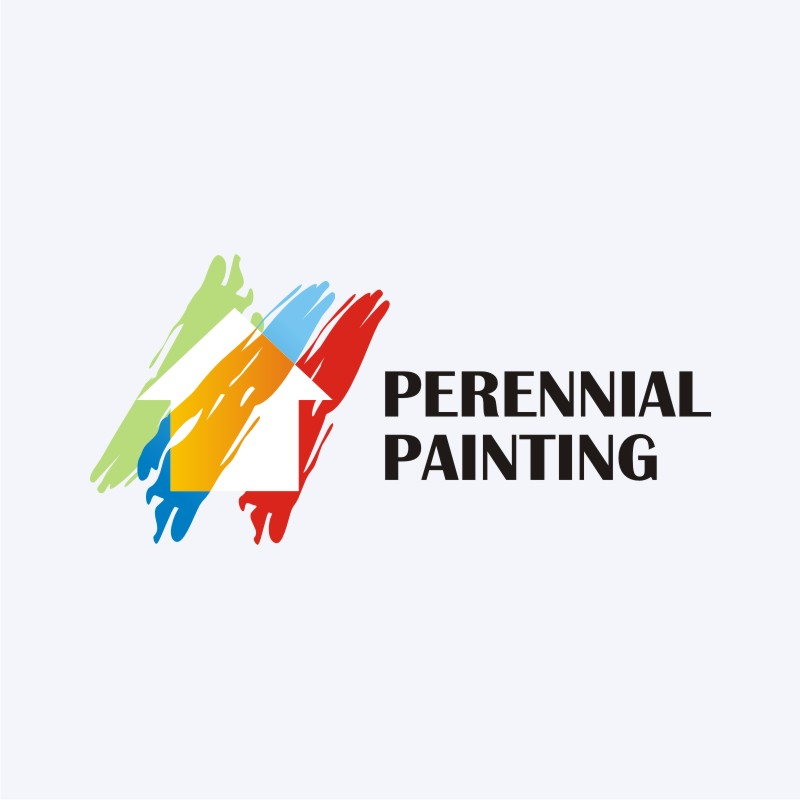Common Mistakes In Wall Painting And Effective Ways To Avoid Them
Common Mistakes In Wall Painting And Effective Ways To Avoid Them
Blog Article
Written By-Harrington Korsgaard
When you're planning to repaint your walls, it's very easy to neglect some essential information that can make or break your task. You may assume picking any kind of paint will certainly do, or that surface prep work isn't needed, yet these decisions can cause discouraging outcomes. You'll wish to stay clear of usual risks like overloading your brush or rushing the drying time between layers. Recognizing these blunders can conserve you effort and time, yet there's more to consider if you desire a perfect coating that lasts. Let's discover what you might be missing out on.
Picking the Incorrect Paint
Picking the ideal paint is crucial for attaining a smooth, expert surface on your wall surfaces. If you select the incorrect kind, you'll rapidly find yourself encountering issues like peeling, fading, or unequal shade.
Begin by considering the paint's base. Water-based paints are excellent for easy cleanup and fast drying out, while oil-based alternatives are suitable for toughness in high-traffic areas.
Next off, think of the coating. Matte finishes conceal imperfections well however can be hard to clean. Click On this site or eggshell coatings provide a balance in between aesthetics and washability, making them suitable for most spaces.
For areas prone to dampness, like bathroom and kitchens, choose a semi-gloss or gloss paint, which stands up to mold and mildew.
Don't neglect to inspect the shade. Examination samples on your walls to see exactly how they look in various lighting throughout the day. Lights can significantly change exactly how a shade shows up, so this step is important.
Avoiding Surface Area Preparation
Among the largest blunders house owners make is avoiding surface area prep work before painting. You might assume you can just order a brush and begin, however that'll lead to a less-than-stellar finish. Proper prep is crucial for a smooth and long lasting result.
First, assess your walls for any kind of blemishes like fractures, openings, or peeling paint. Loading those spaces with spackle or caulk guarantees an uniform surface.
Don't neglect to sand the location once it's completely dry, as this develops a better surface area for the paint to adhere to.
Next off, tidy your walls to get rid of dirt, grease, and grime. A basic mixture of soap and water can do wonders. If your walls are specifically filthy, think about making use of a degreaser.
Ultimately, applying a guide is frequently overlooked but can considerably enhance the outcome, particularly if you're painting over a darker color or a surface that's been previously repainted.
A great primer boosts attachment and helps cover any kind of discolorations.
Improper Application Techniques
Using paint with the wrong strategies can lead to uneven insurance coverage and an aggravating coating. One typical error is making use of the incorrect sort of brush or roller. Make sure you select a device that fits the paint type and the surface structure. For smooth wall surfaces, a fine-nap roller works best, while textured surfaces might need a thicker snooze.
Another problem is applying way too much paint simultaneously. Rather, use slim, also layers. This not only protects against drips yet additionally ensures much better adhesion. If you observe runs, don't stress-- simply take a brush and smooth them out right away.
Also, bear in mind to maintain a damp side. This implies overlapping your strokes while the paint is still wet to stay clear of noticeable lines.
Lastly, avoid paint in straight sunshine or high moisture, as this can trigger the paint to dry also quickly, bring about blistering.
Final thought
To sum it up, staying clear of typical painting errors can make a significant distinction in your job's end result. Always choose the best paint for the task, never miss important surface area prep work, and use correct application strategies to guarantee a smooth finish. Take your time between coats and do not overload your brushes or rollers. By complying with these ideas, you'll attain a professional-looking result that you can be pleased with in your home. Happy painting!
